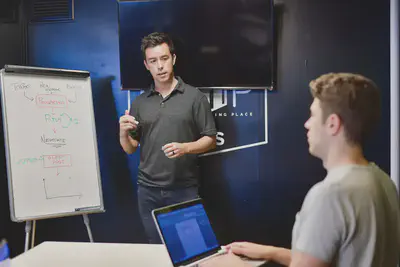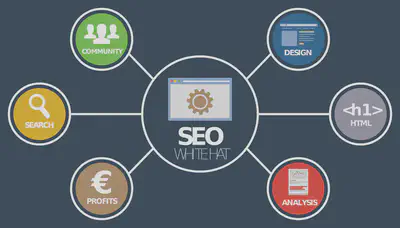7 Tips for Writing Technical Content that Boosts Your SEO
SEO results, you need to create content quality
If you want to get the best possible SEO results, you need to create content that’s not only popular with your users, but also full of what search engines like Google want to see. This isn’t an easy feat to accomplish, especially if you’re writing technical content that requires more than just a basic knowledge of your subject matter. That’s why we’ve put together this list of seven important tips for writing technical content that’s optimized for search engines(Moz).
Write for humans
- When you’re writing technical content, always keep your audience in mind. Write for humans first and foremost, and worry about keywords second.
- That said, don’t forget to include relevant keywords throughout your content. But don’t stuff them in; use them naturally and sparingly.
- Make your content easy to read and understand. Use short sentences and simple words whenever possible.
- Breaking up your text with headings, lists, and images can also help make it more digestible.
- Keep your content updated regularly. Outdated information can hurt your SEO ranking, so it’s important to keep things fresh.
Recommended reading
Keep titles short and descriptions longer

- Keep your titles short and sweet. The average reader only spends a few seconds scanning your title, so make sure it’s clear and concise.
- Write meta descriptions that pack a punch. Your meta description is the short blurb that appears under your title in the search results. This is your chance to sell readers on clicking through to your content, so make it count!
- Use keyword-rich phrases. When it comes to technical SEO, using the right keywords is essential. Do your research to find out which keywords are most relevant to your audience and sprinkle them throughout your content.
- Structure your posts with headings and subheadings.
LSI keywords are your friend
LSI keywords are simply words and phrases related to your main keyword. By including them in your content, you can signal to Google that your content is relevant and informative. This, in turn, can help boost your SEO. Here are seven tips for incorporating LSI keywords into your technical content.

Write useful meta descriptions
- Keep your meta descriptions short and sweet - under 155 characters is ideal.
- Write unique description for each page on your website - don’t just copy and paste the same one across your site.
- Use keyword-rich phrases in your meta descriptions to help improve your chances of ranking in search results.
- Make sure your meta descriptions are relevant to the content on the page they’re describing.
- Use active voice in your meta descriptions whenever possible.
- Try to avoid using superlatives like best or greatest - let your content speak for itself.
Proofread, proofread, proofread!
One of the most important things you can do when writing technical content is to proofread your work. Not only does this ensure that your content is error-free, but it also helps to improve your SEO. Here are a few tips to help you proofread your work.
Determine your keyword density target
One of the most important things to consider when writing technical content is your target keyword density. This is the number of times your target keywords should appear in your content in order for it to be effective. Generally, a good rule of thumb is to aim for a keyword density of 2-5%. This means that if you’re writing a 100-word piece of content, your target keywords should appear 2-5 times.
Add related internal links
Internal links are important for two reasons: they help search engines understand your website’s structure and they can also help improve your website’s ranking in search results.
When you’re writing technical content, be sure to include internal links to other relevant pages on your website. This will help search engines better understand your website’s structure and it will also give readers the opportunity to explore more of your website’s content.
Here are a few tips to keep in mind when you’re writing technical content:
Use keyword-rich anchor text: When you’re linking to other pages on your website, be sure to use keywords in the anchor text.
Resources
https://clients.sandbox.google.de/url?sa=t&url=https%3A%2F%2Fbecaps.life
https://clients.sandbox.google.es/url?sa=t&url=https%3A%2F%2Fbecaps.life
https://clients.sandbox.google.com.br/url?sa=t&url=https%3A%2F%2Fbecaps.life
https://clients.sandbox.google.co.jp/url?sa=t&url=https%3A%2F%2Fbecaps.life
https://clients.sandbox.google.fr/url?sa=t&url=https%3A%2F%2Fbecaps.life
Second
https://www.google.de/url?sa=t&url=https%3A%2F%2Fbecaps.life
https://www.google.es/url?sa=t&url=https%3A%2F%2Fbecaps.life
https://www.google.com.br/url?sa=t&url=https%3A%2F%2Fbecaps.life
https://www.google.co.jp/url?sa=t&url=https%3A%2F%2Fbecaps.life
https://www.google.fr/url?sa=t&url=https%3A%2F%2Fbecaps.life